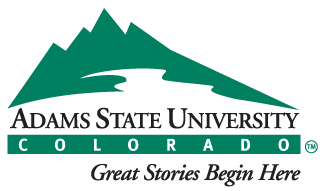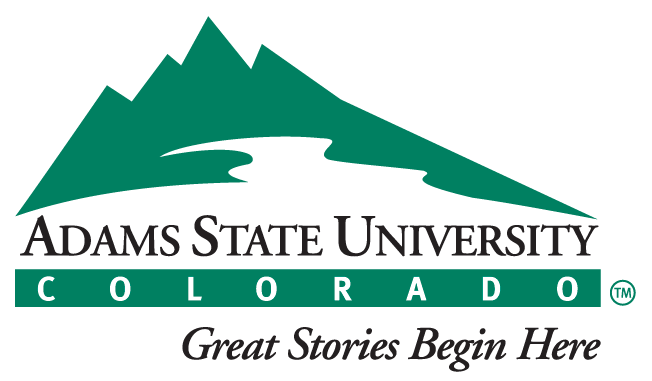With hands on the scissors to cut the ribbon on the Salazar Rio Grande del Norte Center are (center, from left) John Salazar, Ken Salazar, Elliott Salazar, Adams State President McClure, and LeRoy Salazar.
"This about our family, a celebration of our parents and grandparents," Ken Salazar said at the grand opening and ribbon cutting of the Salazar Rio Grande del Norte Center in Adams State University’s Luther Bean Museum, June 24. The center is dedicated to the study and preservation of the natural and cultural resources of the Rio Grande and its tributaries in Colorado.
Former U.S. Secretary of the Interior Ken Salazar discusses the value of the history and heritage of the upper Rio Grande area.
"We are known to be a teaching institution, but what’s great about the creation of the Salazar Center is it gives our students the opportunity to work alongside faculty to do research and explore history," said Adams State President Beverlee J. McClure, as she welcomed about 100 campus and community members to the grand opening. "I was so touched by the Salazar family and their creation of a scholarship for first-generation college students in memory of their parents. Nearly half of our students are the first in their families to attend college, one of highest percentages of all universities. If we can help one person in a family to graduate, the rest of the family often follows. The Salazars are leaving a legacy that will last a long time."
Ken Salazar is former U.S. Secretary of the Interior and previously served as Colorado’s Attorney General and as a U.S. Senator for Colorado. Among several family members present at the event were Ken’s brothers John Salazar and LeRoy Salazar. John Salazar, a 1982 graduate of Adams State, is former Commissioner of the Colorado Department of Agriculture and former U.S. Representative from Colorado. LeRoy Salazar is a long-time member of the Adams State University Board of Trustees.
Keeping upper Rio Grande heritage alive
"This is a very special place," Ken Salazar continued. "It bears the name of our family, because our history has been part of this valley for such a long time. The history of the San Luis Valley is linked to this river, the Rio Grande and its tributaries."
The Salazars continue to farm and ranch in Southern Colorado’s San Luis Valley, where their ancestors were among the first settlers in the 1860s. Emma and Henry Salazar raised their eight children and farmed on 52 acres near Manassa, Colo., in a home with no electricity or running water. All eight Salazar children achieved a higher education.
"They were two great warriors of this valley, great warriors of the future," Ken Salazar continued. "No matter how tough things were, no matter how poor we were, we knew the American dream was here for all of us. Our parents really gave us everything that we have today,
As we inaugurate this center, we do it for our parents.
"Our concept for the center is to make sure the region’s history is told and not forgotten. I hope the center will continue that work of preserving and celebrating and living that heritage," Ken Salazar added. "It’s not enough for things to be displayed, you have to live them. Our heritage includes music and art, the contributions of Japanese-Americans to agriculture in the valley, the history of the Mormon community, and the history of Hispanics from New Mexico who came up and settled the Sangre de Cristo Land Grant. This is the living history we all need to keep alive."
McClure noted the Luther Bean Museum already houses collections that reflect the rich history and archaeology of the Rio Grande in Colorado. "Internships in the center will give students in many disciplines very important experience. Students will be able to do research, document these materials, and put the information online for others to access," she said. "The Salazar Rio Grande del Norte Center is a wonderful thing that is going to touch the lives of so many different students, as well as reach out to the community and position Adams State to be a steward of the San Luis Valley’s history and culture."


